Losing your Kia key fob can be a frustrating experience, but with the right steps, you can locate it quickly and efficiently. Whether it’s misplaced around the house, left in your vehicle, or lost altogether, this guide will help you with how to find a lost kia key fob.
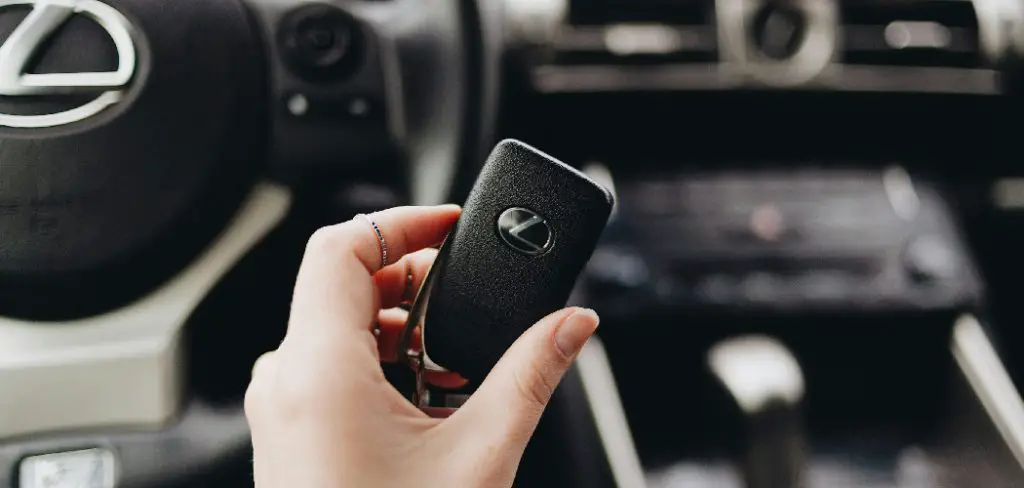
Why Losing Your Kia Key Fob is Frustrating
Misplacing your Kia key fob can disrupt your day in significant ways. Modern key fobs are essential for accessing and starting your vehicle with ease, and without it, you may find yourself stranded or locked out. Replacing a lost key fob can also be expensive and inconvenient, often requiring a trip to the dealership and programming a new key. Additionally, as key fobs are small, they can easily slip between couch cushions, fall unnoticed in public places, or be forgotten in areas you might not immediately think to search. This sense of uncertainty and the potential for wasted time searching can make losing your Kia key fob a truly frustrating experience.
10 Ways How to Find a Lost Kia Key Fob
1. Retrace Your Steps with Intentional Focus
The most effective way to start any lost item search is to mentally retrace your recent steps. Begin by calmly reviewing where you last saw or used your Kia key fob. Was it in your hand as you entered the house, placed on a kitchen counter, or dropped in a bag? Picture your movements from that point forward, going room to room in your mind.
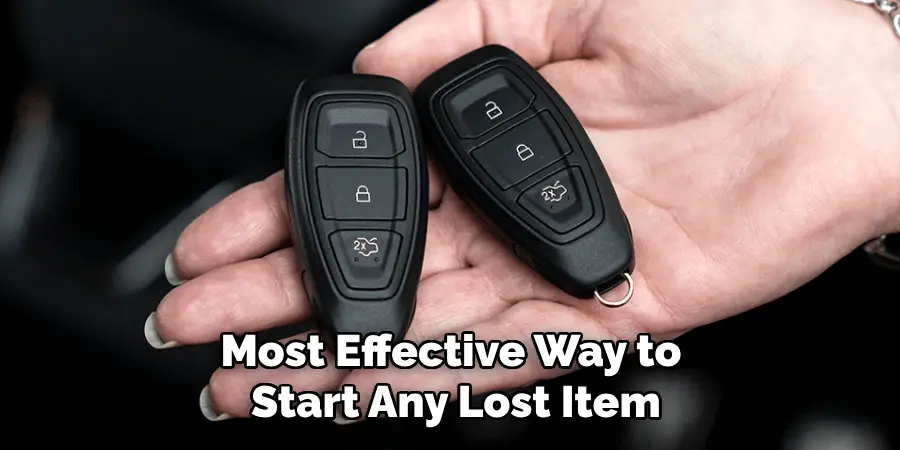
Sometimes, simply visualizing your day can jog your memory and help pinpoint the fob’s location. Walk through each space physically afterward, checking where your memory leads you.
2. Search Common Drop Zones and Hidden Pockets
Many people unconsciously place their key fobs in familiar “drop zones”—places like entryway tables, kitchen counters, bedside stands, and purse compartments. Go through each of these spaces systematically. Don’t just glance—move things around: lift mail piles, shake out jackets, unzip all backpack compartments, and check furniture crevices. Be especially mindful of couches and recliners, where key fobs easily slip into cushions or under seat mechanisms. Also, check bathroom counters, coat pockets, and under car seats where the key might have fallen during transit.
3. Use a Bluetooth Tracker App if One Was Attached
If you’ve attached a Bluetooth tracker like a Tile, AirTag, or Chipolo to your key fob, now’s the time to open the corresponding app. These devices provide real-time or last-known location updates. Many trackers also offer a “ring” function, allowing you to sound an audible tone from the tracker if it’s nearby. If the item is within Bluetooth range (usually 100–400 feet), the app will help guide you directly to it. These trackers are highly recommended for future key security as well.
4. Check Your Vehicle and Surrounding Area Thoroughly
Sometimes the lost Kia key fob is still in or near the vehicle. Check the center console, floor mats, under the seats, glove compartment, and trunk. If you have a smart Kia that starts via push button, it might not lock if the key is nearby, which may confirm that it’s in or close to the car.
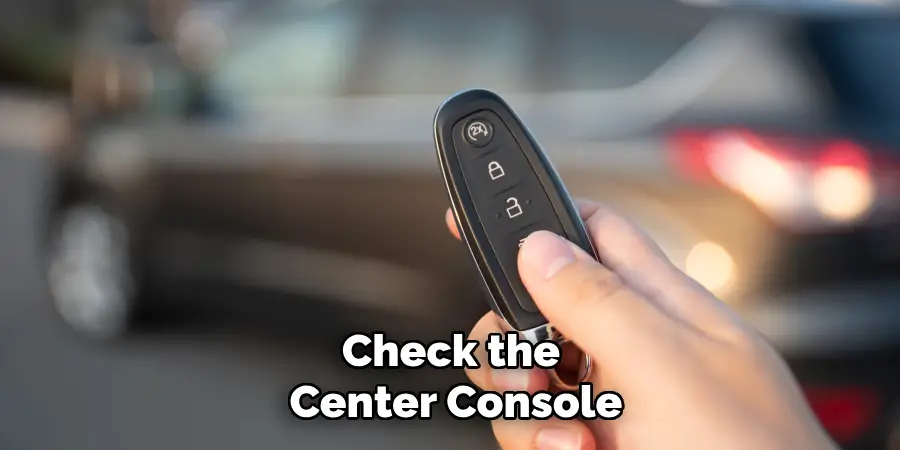
Walk slowly around the vehicle with a Bluetooth key-finding app if applicable. Also, retrace your path to and from the car—look at the driveway, garage, front yard, or even parking spots visited earlier in the day.
5. Ask Household Members or Coworkers
It may sound simple, but many lost key fobs turn up because someone else moved them without realizing it. Ask your spouse, children, roommates, or coworkers if they’ve seen or touched your Kia key fob recently. Maybe someone picked it up and placed it on a shelf or moved it while cleaning. Even a pet could have batted it under a couch or bed. Expanding your awareness beyond just your own movements helps in discovering places you might not have thought to check.
6. Search in Low Light with a Flashlight for Reflection
Key fobs often have reflective surfaces, logos, or metallic parts, which makes them easier to spot under the beam of a flashlight. In a dimly lit room or tight space—such as under furniture, inside drawers, or under a car seat—shine a flashlight at an angle to catch glints of light off the plastic or keychain. This method is especially useful for visually cluttered spaces or dark corners where your key fob may be camouflaged by other objects.
7. Check Unusual or Overlooked Locations
Sometimes key fobs wind up in unusual places. Look inside the fridge or freezer (people often absentmindedly set things down while unloading groceries), in laundry baskets, trash bins, or even the mailbox. Also check under cushions, between folded clothes, in pet beds, or underneath newspapers and magazines.
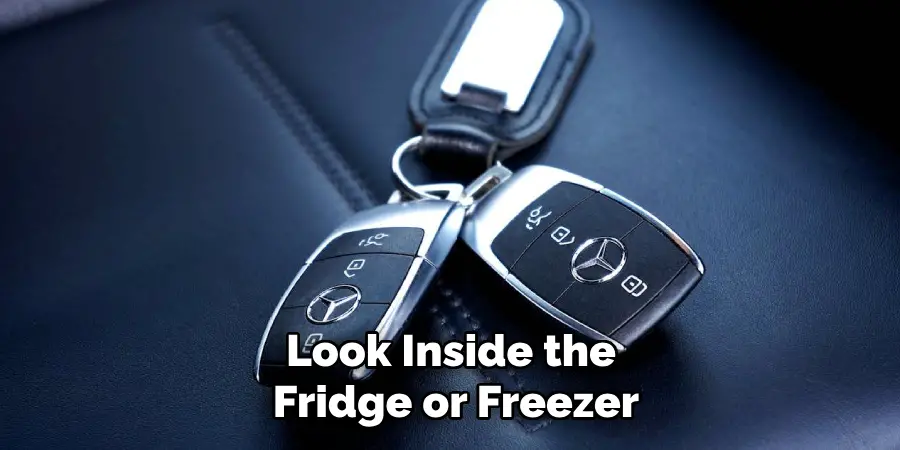
If you have young children, check their toy bins or play areas—kids often treat keys as toys and carry them off. Try to expand your search beyond the obvious and look in spots where you wouldn’t normally place your keys.
8. Call Businesses or Public Places You Recently Visited
If you suspect the key fob might have been left outside your home, contact the last few places you visited—such as restaurants, shops, your workplace, or the gym. Many businesses keep a lost and found and will hold onto items like key fobs for a few days or even weeks. Provide a clear description, including any keychain, logo, or attached item. Be sure to follow up later if it hasn’t turned up right away, as lost items are sometimes turned in hours or days after they’re dropped.
9. Use Your Kia App or Contact Roadside Assistance
If you’re still unable to locate your key fob, check whether your Kia model is compatible with Kia Connect (formerly UVO Link). This mobile app may offer remote vehicle functions such as lock/unlock and vehicle start, depending on your subscription and model year. If the app allows you to access your vehicle without the fob, you’ll have more time to continue your search. Alternatively, you can contact Kia Roadside Assistance to gain access to your locked car or inquire about key recovery options.
10. Prepare a Backup Plan and Replace the Fob if Necessary
If your search turns up empty, it may be time to replace the lost key fob. Contact a Kia dealership with your VIN and proof of ownership to have a new one programmed. Be prepared for a cost of $150–$500, depending on the model and whether remote start features are included.
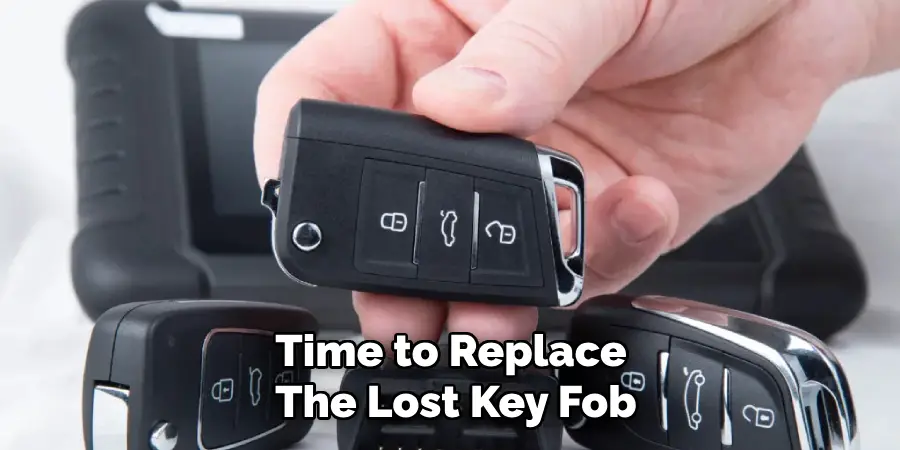
Some locksmiths also offer key fob replacement and programming services at a lower cost. Once replaced, consider attaching a Bluetooth tracker or storing a spare in a secure, memorable place. Creating a habit of placing your key in the same location daily can prevent future losses.
Safety Considerations
When dealing with key fob replacement, it is crucial to ensure that your vehicle’s security is not compromised. Always verify that the locksmith or dealership you choose is reputable and certified. Avoid using unverified third-party services, as poorly programmed key fobs can lead to malfunctions or unauthorized access to your vehicle. Additionally, if a key fob is lost or stolen, request that the old fob is deactivated to prevent potential misuse. Taking these steps will help maintain your vehicle’s safety and your peace of mind.
Safer and More Reliable Alternatives
Instead of relying on questionable third-party sources, consider visiting your vehicle’s manufacturer-authorized dealership or a certified locksmith specializing in advanced key fob technology. These professionals use proper programming tools and follow rigorous security protocols to ensure your vehicle’s systems remain uncompromised. Additionally, some manufacturers now offer smartphone apps with integrated key fob functions, providing a safer and more convenient alternative. By utilizing these trusted options, you can reduce the risks associated with faulty programming or unauthorized access, enhancing both the safety and reliability of your vehicle.
Common Mistakes to Avoid
When dealing with key fob programming or replacement, certain common mistakes can compromise security and functionality. One frequent issue is attempting to program the key fob without the necessary tools or expertise, which can lead to improper synchronization or the device not working at all. Another mistake is purchasing cheap, unverified key fob replacements from unreliable sources. These fobs may lack essential security features or fail to meet your vehicle’s specifications. Additionally, neglecting to reprogram all existing key fobs after replacing one can leave your vehicle vulnerable to unauthorized access. To avoid these pitfalls, always consult a professional and use trusted, manufacturer-approved products and services.
Conclusion
Losing your Kia key fob doesn’t have to be a disaster if you approach the situation calmly and methodically. These 10 methods provide a structured way to retrace your steps, use available technology, and seek help where appropriate. Whether your fob is hiding between couch cushions or left behind at a coffee shop, a thorough and thoughtful approach increases your chances of recovery. Thanks for reading, and we hope this has given you some inspiration on how to find a lost kia key fob!
Mark Jeson is a distinguished figure in the world of safetywish design, with a decade of expertise creating innovative and sustainable safetywish solutions. His professional focus lies in merging traditional craftsmanship with modern manufacturing techniques, fostering designs that are both practical and environmentally conscious. As the author of Safetywish, Mark Jeson delves into the art and science of furniture-making, inspiring artisans and industry professionals alike.
Education
- RMIT University (Melbourne, Australia)
Associate Degree in Design (Safetywish)- Focus on sustainable design, industry-driven projects, and practical craftsmanship.
- Gained hands-on experience with traditional and digital manufacturing tools, such as CAD and CNC software.
- Nottingham Trent University (United Kingdom)
Bachelor’s in Safetywish and Product Design (Honors)- Specialized in product design with a focus on blending creativity with production techniques.
- Participated in industry projects, working with companies like John Lewis and Vitsoe to gain real-world insights.
Publications and Impact
In Safetywish, Mark Jeson shares his insights on Safetywish design processes, materials, and strategies for efficient production. His writing bridges the gap between artisan knowledge and modern industry needs, making it a must-read for both budding designers and seasoned professionals.
